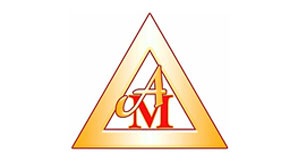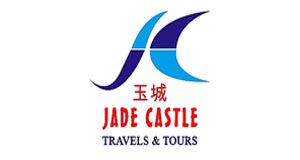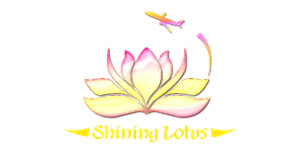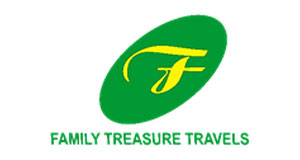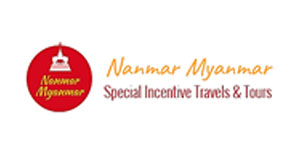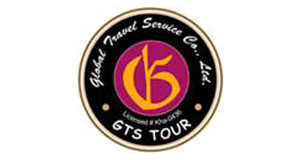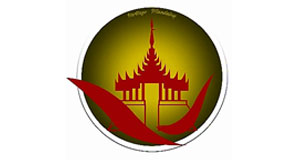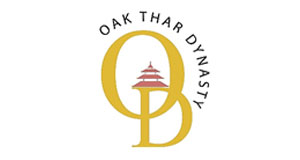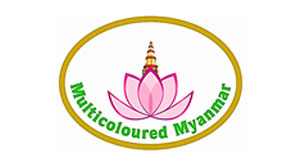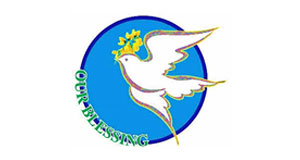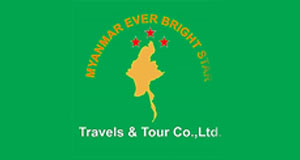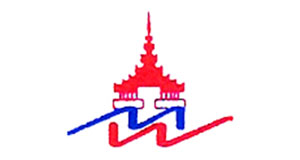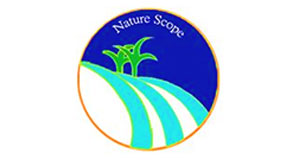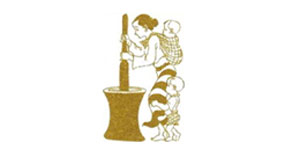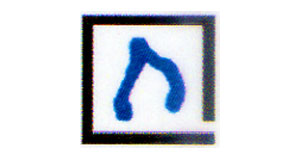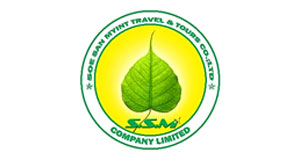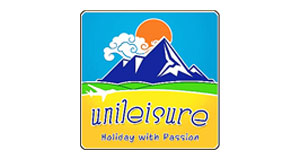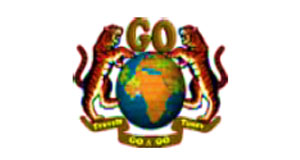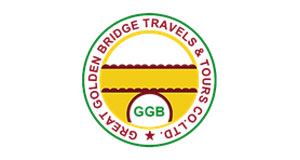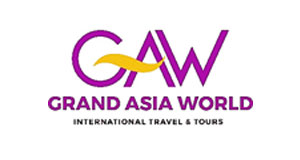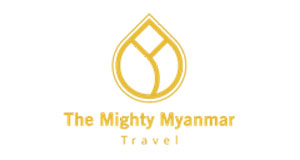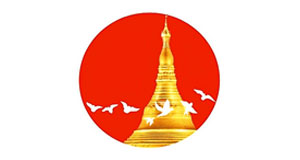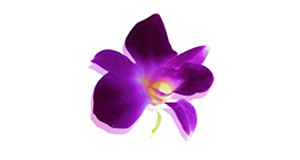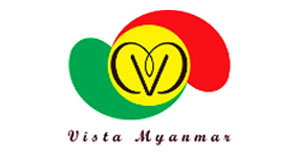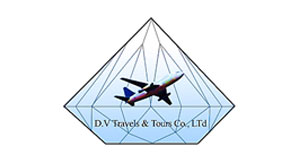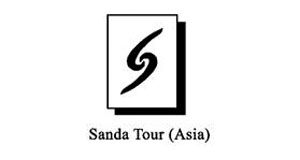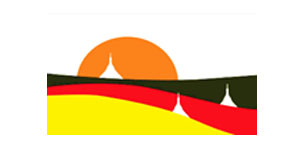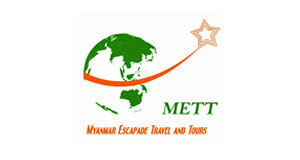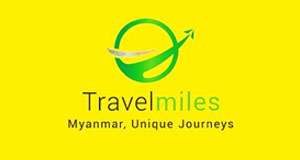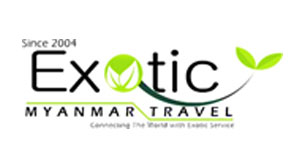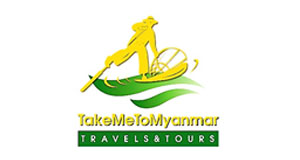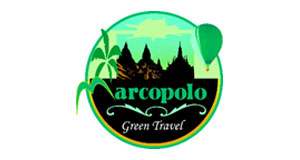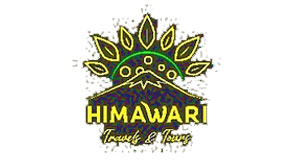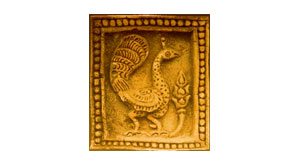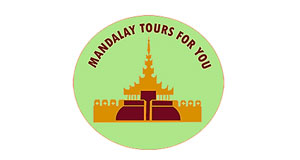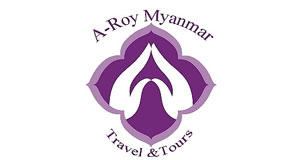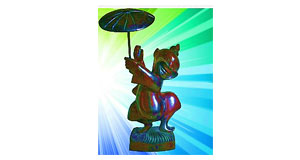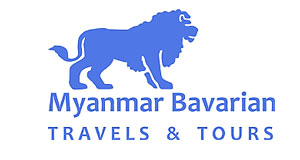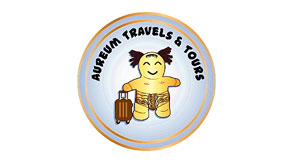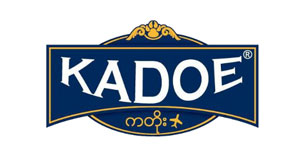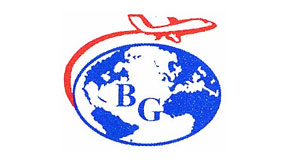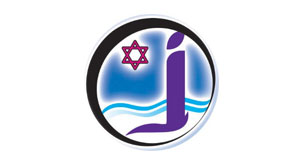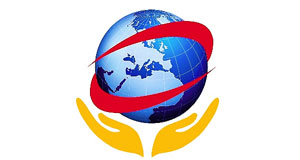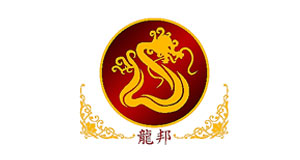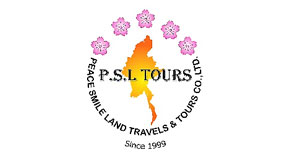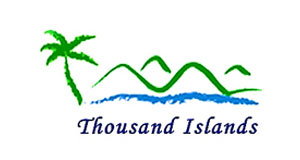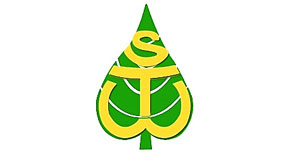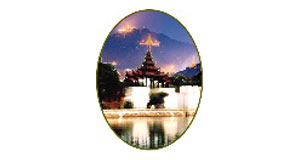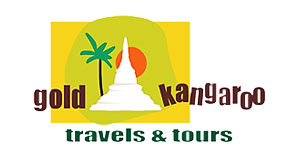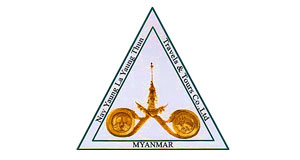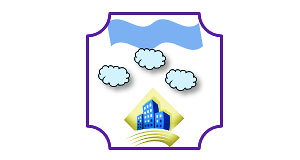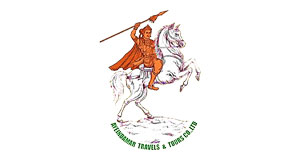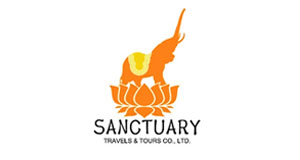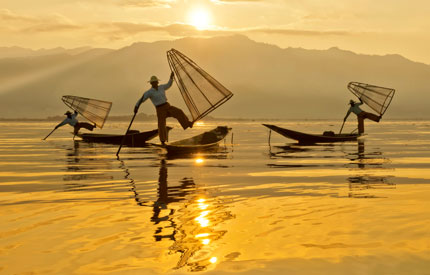 This vast and picturesque lake is situated in the hilly Shan State in the eastern part of Myanmar. With an elevation of 900 meters above sea-level, it is one of the main tourist attractions in Myanmar. The lake, 22 km long and 10 km wide, has a population of some 150,000, many of whom live on floating islands of vegetation. Inlay Lake, natural and unpolluted, is famous for its scenic beauty and the unique leg-rowing of the Inthas, the native lake-dwellers. Moreover, floating villages, colorful daily floating market and Inlay Spa are places worthy of visit. The festival of Phaung-daw-Oo Pagoda in Inlay Lake held during October is full of pageantry and colorful splendor.
This vast and picturesque lake is situated in the hilly Shan State in the eastern part of Myanmar. With an elevation of 900 meters above sea-level, it is one of the main tourist attractions in Myanmar. The lake, 22 km long and 10 km wide, has a population of some 150,000, many of whom live on floating islands of vegetation. Inlay Lake, natural and unpolluted, is famous for its scenic beauty and the unique leg-rowing of the Inthas, the native lake-dwellers. Moreover, floating villages, colorful daily floating market and Inlay Spa are places worthy of visit. The festival of Phaung-daw-Oo Pagoda in Inlay Lake held during October is full of pageantry and colorful splendor.
How to get there
The most convenient way is to fly from Yangon to Heho, which is the nearest airport to the lake. There are daily flights to Heho which take about an hour. If you are flying from Mandalay to Heho, it takes only 20 minutes. Traveling by car along the uphill and winding road over the Shan Plateau is interesting and well-worth taking although it takes long hours. There is also a regular train service via Thazi Junction to Heho and Shwenyaung, the nearest station to the lake.
What to see
Ywama
The largest village on the Inlay Lake; its streets are a web of canals. There are some beautiful teak houses built on large wooden piles driven into the lake bed. The main activity and attraction center at the floating market in the largest canal.
Phaung-daw-Oo Pagoda
One of the famous principal shrines in Myanmar, this pagoda houses five small Buddha images, which are much revered by the lake-dwellers. Once a year, in late September – early October, there is a pagoda festival during which, four of the five Buddha images tour around the lake in a colorful
Mine Thauk Market
A large and bustling market where you can find a real local atmosphere with a variety of produce from the lake.
Taunggyi
Taunggyi, over 1,430 meters above sea-level, is the capital of Shan State in the eastern part of Myanmar. A hill station known for its scenic beauty, Taunggyi is cool and pleasant all the year round. The market on every fifth day is crowded with ethnic minorities in their traditional dresses. The journey from Taunggyi down to Inlay Lake area takes about an hour.
Kalaw
Kalaw, another hill station as well as peaceful summer resort nestled in pine-clad mountains, is 1,400 meters above sea-level. It is located 70 km west of Taunggyi. Many of the Tudor-style houses and English gardens of colonial days remain. In the neighborhood lie villages of Palaung and other hill tribes who come to Kalaw market held every five days in their colorful costumes, adding to the quiet attraction of Kalaw.
Pindaya Caves
Situated at the foot of Mene-taung Range and about 45 km north of Kalaw is a picturesque place called Pindaya. This small town famous for its extensive limestone caves in which thousands of centuries-old Buddha images are seated. The images are of various sizes, some carved in the face of rock and some deposited in niches in the walls. The caves are set deep in the hillsides and there stands at the entrance, a 15-meter high Shwe U Min pagoda. There are some 6,000 Buddha images and interesting stalagmites. The road from Kalaw to Pindaya (38 km) passes through countryside of magnificent scenic beauty.
Kakku
Kakku a hidden treasure an unusual, magnificent collection of Buddhist Stupas unheard of by historians and unlisted in guide books lies in the deepest Pa-oh territory, 26 miles south of Taunggyi the capital of Shan State. There lies more than 2000 stupas in a site closely packed together in ranks covering an area of approximately a square kilometer apparently unknown to outside world. Kakku area is covered and scattered by Pa-oh villages especially stretching along on both sides of the main road from north to south.
The land route for tour groups starting from Taunggyi is possible and accessible for all year round. But tours originated from Inle Lake are considered to be possible only in the open season from late October to early May or before heavy rain falls.
The yearly religious festival normally takes about one week. The climax of this festival usually falls on fullmoon of the Tabaung (Mid-March) every year. The Kakku pagodas festival also draws thousands of visitors from all parts of the Shan State.
The weather around Kakku tends to be cold and dump in rainy season with the temperature ranging from 10-20 (Celsius). And normally dry in the summer month with temperature ranging from 20-35 (Celsius) and the average rainfall is 200-400 cm in the region. Normally muddy in the rainy season and more or less dusty in the summer months. Mainly due to widely use of bullocks carts within the villages as a means of transport and also to generate and regulate the flows of goods and services within the areas.





















